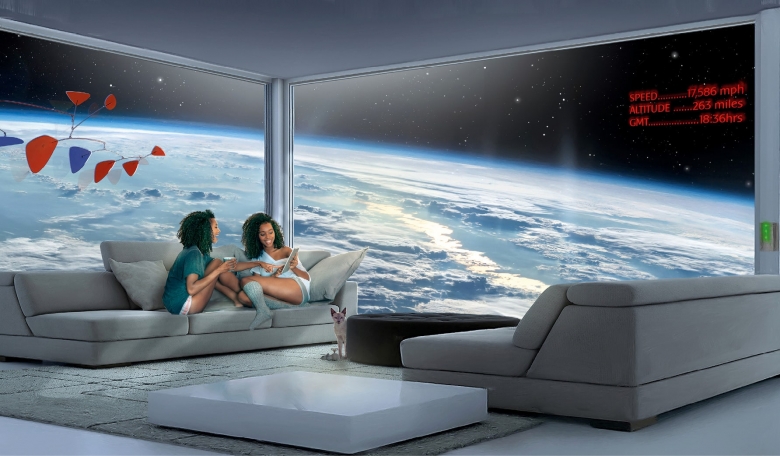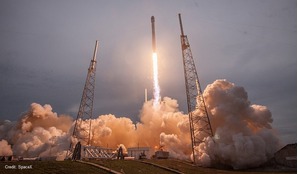Humans are motivated by a desire to explore the world around them and human-centred design (HCD) will play an increasingly important role in future space exploration. To enable long-duration space missions, we need to advance space habitat designs so that in addition to focusing on astronauts’ basic physiological and psychological needs we also design for the crew’s wellbeing and comfort, while reducing stress and enhancing their privacy. This will require a change from the current engineering approach to design to a broadened paradigm encompassing aspects of human-centred design, curated autonomy, interaction and user experience, where the user becomes part of the design process.
From the early days, space exploration has been driven by a technology paradigm routed in militaristic organizational hierarchy. How did we get here?
In the United States, the Government established NASA in 1958 as a civilian agency, and tasked it to execute and promote the peaceful exploration of space. NASA expanded rapidly, and employed the best engineers from around the world. It was the height of the Cold War and, from the Government’s perspective, NASA represented prestige and provided a political vehicle to openly demonstrate technological superiority over the Soviet Union.
Space habitats are not built for comfort. At least not yet
The Space Race – on both the US and Russian sides – was routed in the technological advancements of World War II. Combined with the military nature of rocket technology, Wernher von Braun and his German rocket team spearheaded rocket development and introduced a controlling, detail-oriented culture to NASA.














